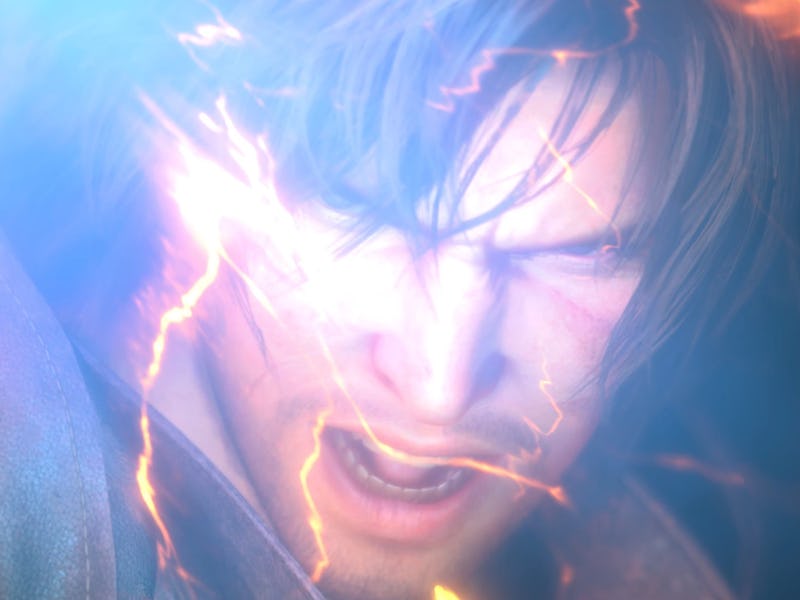Final Fantasy XVI’s Success Proves FFXIII Never Deserved the Hate
A long overdue reappraisal.

Final Fantasy XVI debuted to wide acclaim from fans and critics, and has been heralded as a return to greatness for the Square Enix franchise. For many, the past decade of single-player entries in the series has been sub-par in some way or another, failing to capture the greatness of the PlayStation 1 and 2 eras highlighted by masterpieces like Final Fantasy VII.
Much of the blame for this tends to fall on Final Fantasy XIII, the entry many see as the rotten apple of the bunch. But Final Fantasy XIII is in many ways the closest sibling to Final Fantasy XVI — and comparing the two shows that Final Fantasy XIII was never as bad as people wanted to believe.
The linear design of Final Fantasy XIII bears a striking resemblance to Final Fantasy XVI. What makes one bad and the other good?
A surprising part of Final Fantasy XVI’s design is that it does not feature an open world, which is the norm for most modern RPGs. While games like Breath of the Wild and Elden Ring prove that open worlds hold much potential for inventive design, many others can feel like a tiring exercise in checking off to-do lists. This easy stumbling block led the Final Fantasy XVI developers to instead make more linear, set-piece-heavy levels along with open zones interspersed throughout the story. In many ways, the linear design of the majority of Final Fantasy XVI’s levels helps enhance the spectacle of the world, as almost everything the player encounters has a purpose.
Upon release in 2009, Final Fantasy XIII was widely criticized for being far too linear. But if FFXIII and XVI are so similar in their level design, what makes one good and the other bad?
Context is a big part of the differing receptions. XIII came out at a time when the open-world RPG was beginning to take prominence in gaming. The likes of The Elder Scrolls IV: Oblivion and GTA IV had just been released and Red Dead Redemption would release one year later. The cultural zeitgeist had shifted. Over a decade later, open-world burnout allowed FFXVI to return to the linear design of Final Fantasy XIII.
The root of the issue is that linearity has often been seen as a bad word for RPGs. But FFXVI’s approach to linearity is the same as XIII’s. The perception that players are being stripped of their agency and ability to explore a vast world isn’t the reality, rather the linearity of both games stems from the expertly crafted world design, in which just observing the world makes the player feel like a small piece of a larger tapestry. In retrospect, Final Fantasy XIII’s Cocoon is arguably more visually striking than XVI’s traditional fantasy world of Valisthea.
Final Fantasy XIII’s turn-based combat still shares the same core design ambitions as Final Fantasy XVI’s real-time action combat.
Beyond the approach to level design Final Fantasy XVI also pulls on the combat design of XIII. XIII’s defining combat mechanic is Paradigms, essentially different job classes that you acquire throughout the game. Like FFXVI’s different Eikon abilities that become accessible to Clive over many hours, Paradigms slowly increase the complexity of combat and the freedom with which the player can react to battles. In many ways, this stems from the unifying drive behind each title's combat design — action.
Even though XIII is not a real-time action game, the pace of battle is notably fast for a turn-based experience. Action combat has been at the center of every subsequent mainline Final Fantasy game after XIII, and the title’s stagger system became a core mechanic in FF7 Remake and FF16.
With the success of Final Fantasy XVI , there is a strong argument to be made for the critical re-evaluation of XIII. There’s no denying it’s one of the most important entries in the franchise, and without it, Final Fantasy XVI would not be possible.